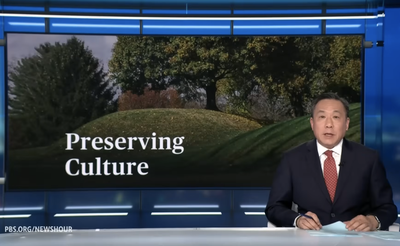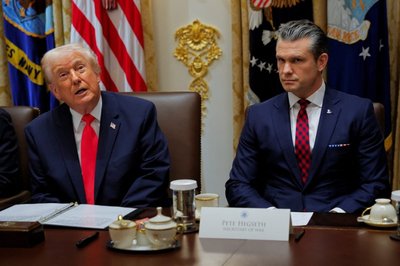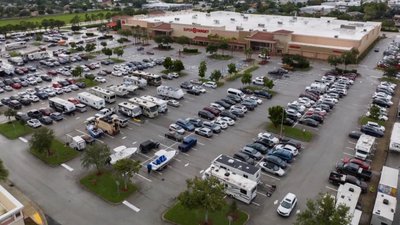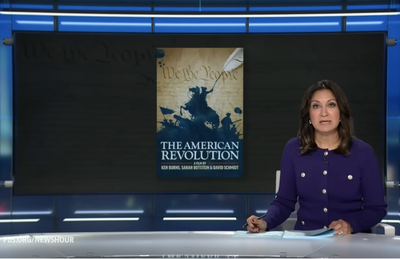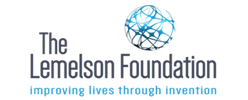NOTE: If you are short on time, watch the video and complete this See, Think, Wonder activity: What did you notice? What did the story make you think? What would you want to learn more about?
SUMMARY
As toxic polarization deepens, nonpartisan efforts to bridge divides have sprung up across the country, though they often attract more liberal-leaning participants. Judy Woodruff visited Walworth County, Wisconsin, to learn how one group has successfully engaged more conservatives. It’s part of her series, America at a Crossroads.
View the transcript of the story.
News alternative: Check out recent segments from the NewsHour, and choose the story you’re most interested in watching. You can make a Google doc copy of discussion questions that work for any of the stories here.
WARM-UP QUESTIONS
- Who are the different groups of people who make up Urban Rural Action and Listen First?
- Where is Urban Rural Action located?
- What are the goals of bridging organizations like Listen First and Urban Rural Action?
- Why were participants on different sides of the political aisle able to come together on certain issues, including mental health?
- How did did Urban Rural Action attract more conservative voices?
ESSENTIAL QUESTIONS
- Why do you think more liberal-leaning participants are attracted to the "bridging divides" movement?
- "When we aren't communicating, misunderstandings happen," said Tyler Surface. What are some ways you can communicate effectively with someone who disagrees with you politically?
Media literacy: "When we talk about words like equity and racism, those are unproductive words when we're trying to get people across the political spectrum," explains Lisa Inks of Urban Rural Action about words that will close off conservatives from joining a bridging organization. What do you think Inks means? What do you think might be some strategies to talk about issues like race across political divides without driving away participants?
WHAT STUDENTS CAN DO
Data literacy activity: Take a look at this infographic from the bridging group, Braver Angels, which found in its most recent study that more than half of its participants identified as Democrats, while only 15 percent identified as Republicans.
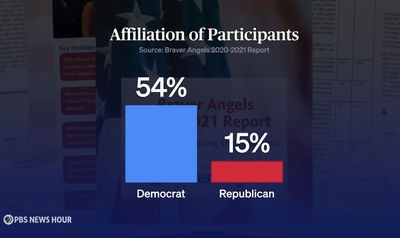
Then, create a short list of guidelines for effective communication that you think would make interest in civic engagement more welcoming for everyone.
Look to the past activity: Check out this mini-lesson from the Museum of the American Revolution, "People of the Revolution," to learn about all the different groups of people living in the colonies around the time of the War of Independence in 1776. Here are the four sections of the lesson: Lesson plan, Worksheet, Primary Sources, Thematic Overview. If time is short, you might just have students read the Thematic Overview and conduct a See, Think, Wonder activity (see top of the page). Relate the goals of this lesson back to the video and ask: Why is it important to hear differing perspectives on a topic or from different people living in particular point in history?
Sign up to receive our weekly newsletter with Daily News Lessons and community events.
To provide feedback on News Hour Classroom's resources, including this lesson, click here.
